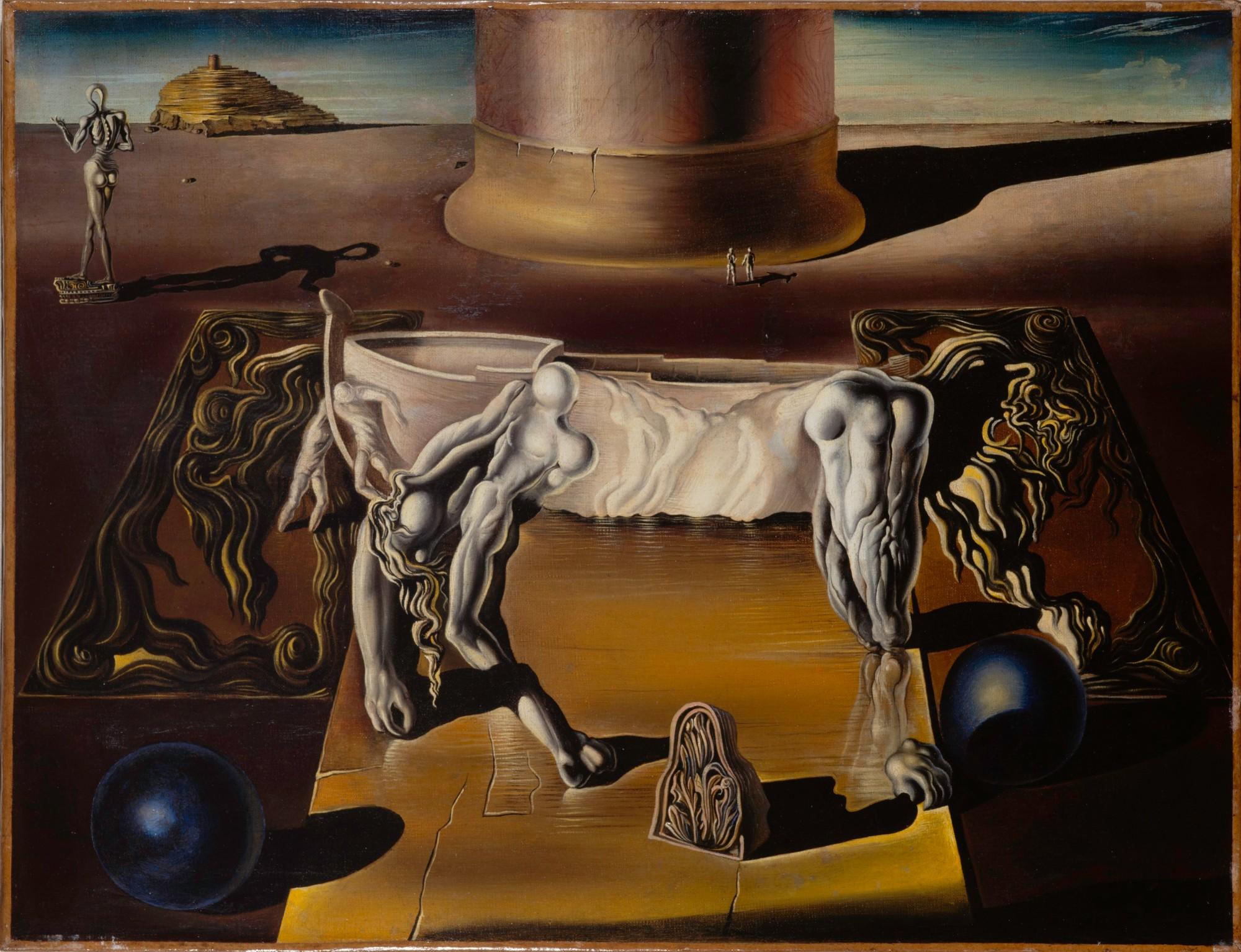Through a host of 20th-century works from the renowned Centre Pompidou in Paris, Midnight in Paris brings to life the personal relationships and the intellectual passions that threatened to tear apart the newly formed artistic movement called Surrealism. Just as this art form began to penetrate Western culture, from literature to fashion to advertising, disagreements erupted among its famous practitioners. Are dreams or spontaneous emotions more central to image-making? Should painting take precedence, or are more technical approaches and media more effective tools? Perhaps most importantly, how could Surrealism embody the concerns and values of a new class of activist artists shaped by the profound destruction of the first World War?
“As the preeminent movement of its era, Surrealism reached an innovative turning point in 1929, a crisis of consciousness that has had a sweeping impact on visual art ever since,” said Dr. Hank Hine, executive director of The Dalí Museum. “The Dalí Museum, with its outstanding legacy, collection and international partnerships, looks forward to affording our visitors this rare window into one of the most critical epochs in cultural history.”
Organized by the Centre Pompidou, Paris, and The Dalí Museum, Midnight in Paris will be on view at The Dalí Museum Nov. 23, 2019, through April 5, 2020, its first and only appearance in North America. It is curated by Dr. William Jeffett, chief curator of special exhibitions at The Dalí Museum, and Didier Ottinger, deputy director of the Musée national d’art moderne at the Centre Pompidou.
The Dalí Museum’s unique installation was adapted from a selection of works organized by Dr. Ottinger and previously exhibited at the Palazzo Blu in Pisa and the Hungarian National Gallery in Budapest.






























